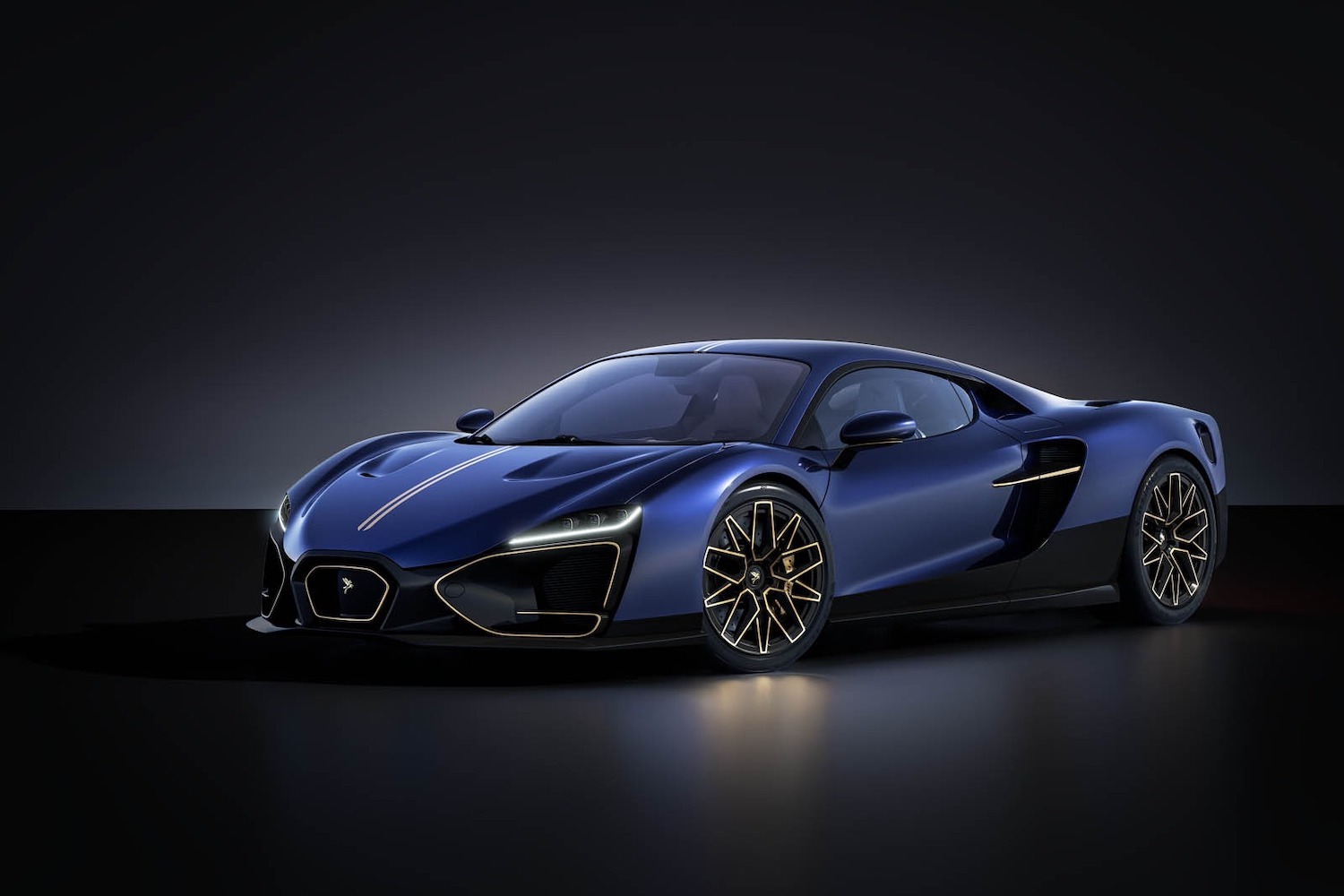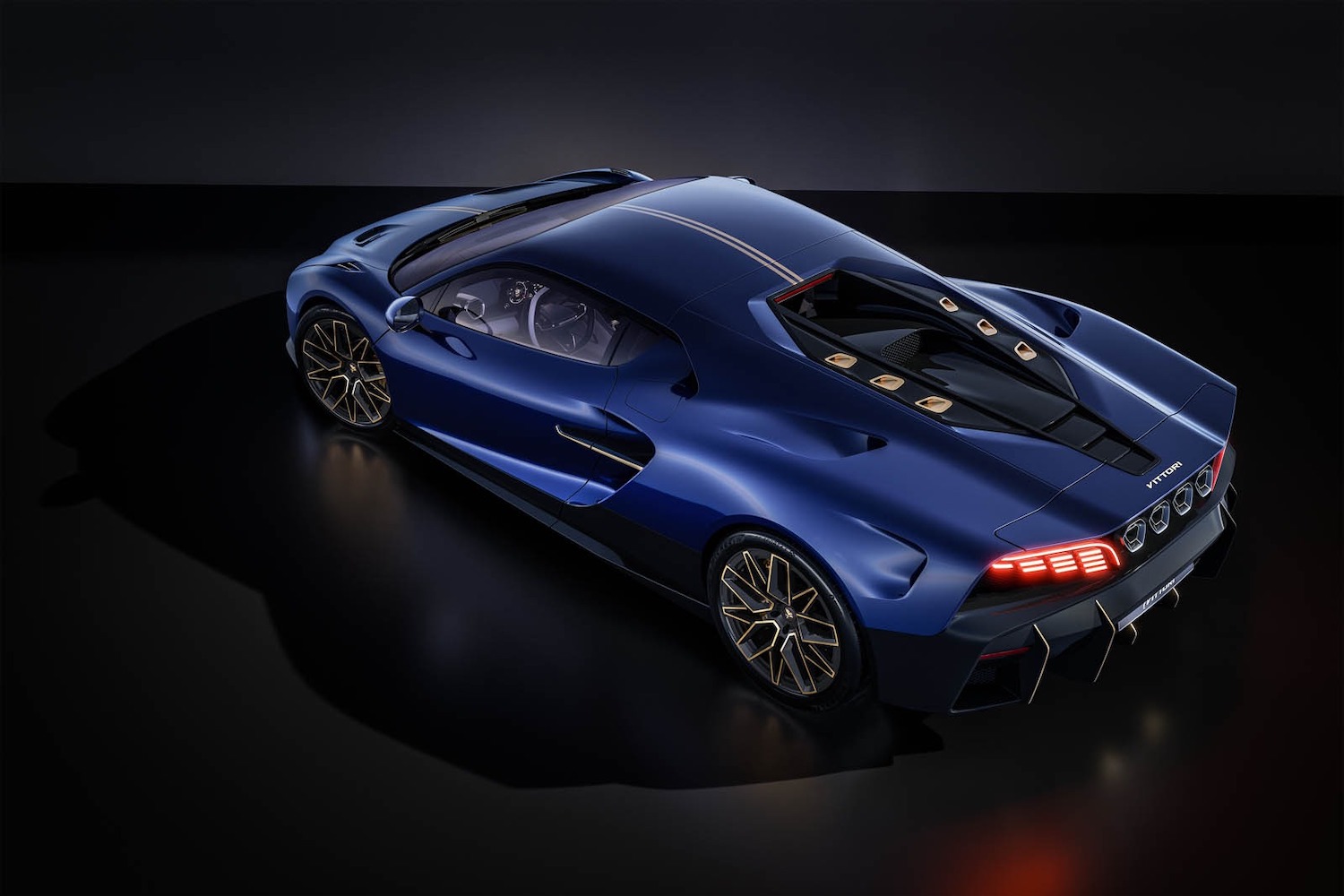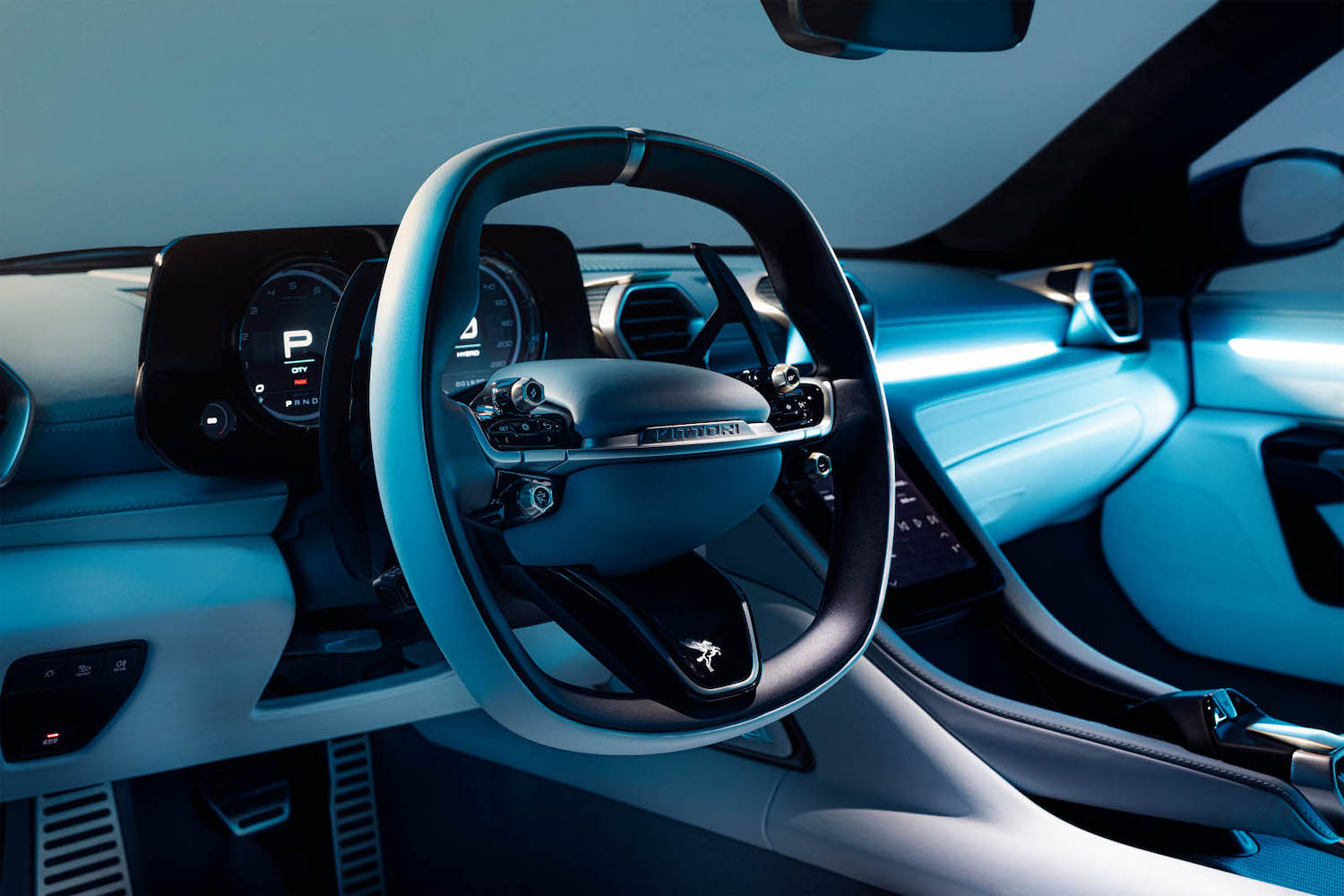Vittori Turbio: Designed by AI, Perfected by Pininfarina

In a bold move that blends tradition with tomorrow’s technology, Vittori — a fresh startup in the hypercar world — has officially pulled back the curtain on its first flagship: the Vittori Turbio. Revealed in Miami this week in partnership with legendary design house Pininfarina, the Turbio is being billed as the world’s first “AI hypercar,” and the automotive press is already abuzz.
At the heart of the Turbio is a potent hybrid powertrain: a 6.8 L V12 combined with an electric motor, producing a total of 1,100 horsepower. That power is claimed to push the car from 0-62 mph (0-100 km/h) in about 2.5 seconds. Vittori says it has employed AI-powered 3D printing techniques for the chassis and body, using carbon fiber, titanium, and advanced alloys to reduce weight while enhancing strength. Aerodynamics also plays a starring role — with active wings, diffusers, and splitters working to balance drag and downforce dynamically.

What sets the Turbio apart is not just the mechanical muscle — but its design genesis. While Pininfarina is credited with bringing the visuals to life, Vittori says AI helped iterate early concepts, producing dozens of variations that informed the final look. The result is a striking form with a horseshoe-style grille, razor-thin LED lighting, a double-bubble roof section, and aggressive rear sculpting. With proportions echoing existing hypercars — some commentators have likened it to the Lamborghini Revuelto in size and layout — the Turbio nevertheless seeks its own identity.
Production will be extremely limited: only 50 units are planned, making each car nearly bespoke and highly collectible. U.S. pricing begins at around $2.5 million, and deliveries are projected to begin in 2027.

Still, skeptics remain. Some question just how much “AI” really shaped the design versus being a marketing angle, especially given Pininfarina’s involvement. Others wonder whether a fledgling company can deliver on such lofty engineering promises when many startups falter under the complexity of high-volume hypercar production.
Yet the Turbio already has people talking — about what the future might hold when artificial intelligence and human craftsmanship collide in the most extreme corners of automotive design. In many ways, whether it succeeds or not, the Turbio will be judged as much for its vision as for its execution.
